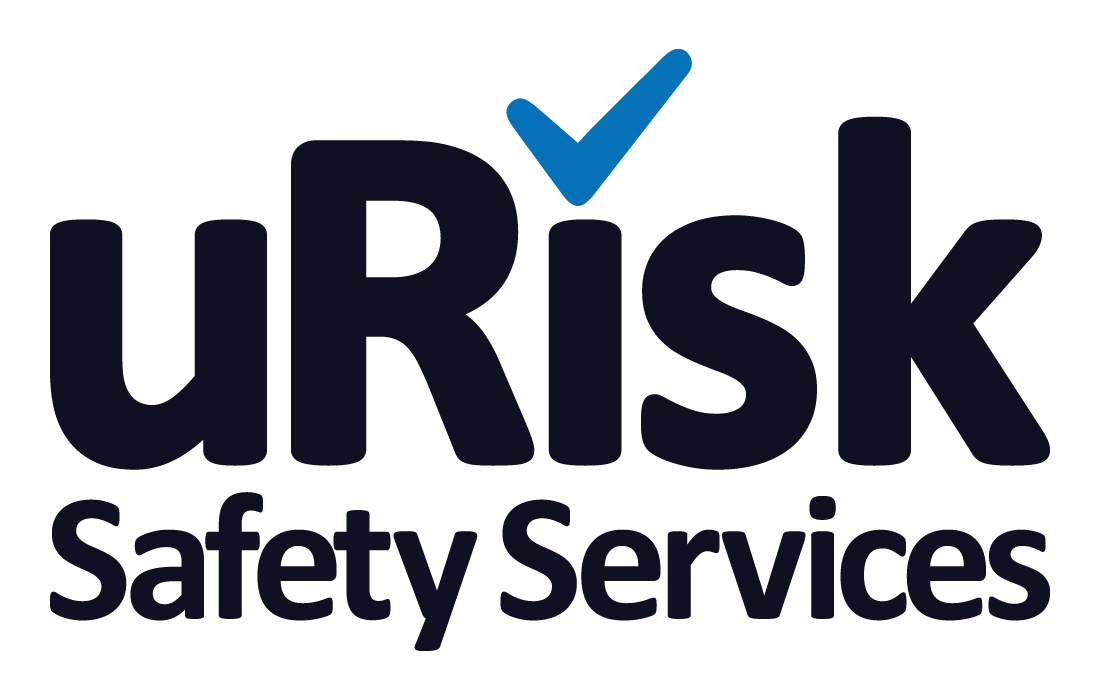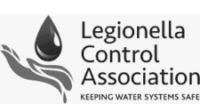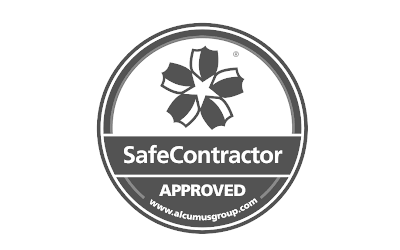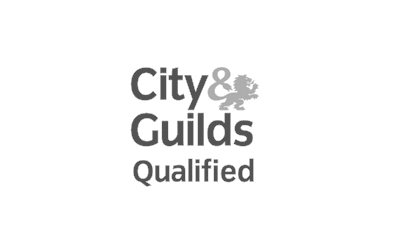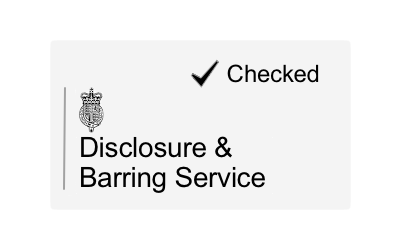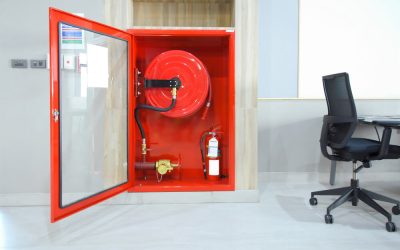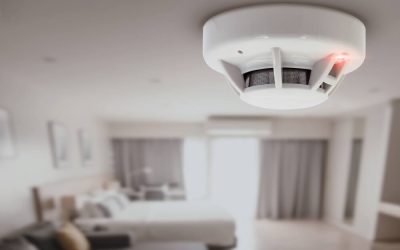What is a dead leg? And How Do You Know If You Have One
In terms of your company’s water system, a dead leg is a section of piping that is no longer used, or rarely used. It is generally created when modifications have been made to the system and piping removed, leaving a small ‘leg’ that is capped.
Without having water flushing through it on a frequent basis, a dead leg will collect stagnant water, so the extra pipework needs to be made as short as possible and capped. A further danger of a dead leg is that, without movement, water is more likely to settle at a temperature that favours the legionella bacteria, creating the kind of conditions that will enable it to thrive.
How do you know you have a dead leg in your system?
As part of your legionella control programme, schematic drawings will map out where any dead legs occur. Getting a legionella risk assessment will identify whether these legs are a risk and recommend any remedial action you can take. If for any reason, it is not possible to remove the dead leg, you will need to do regular risk assessments to ensure water safety. In rare circumstances, a water pipe is used only occasionally and therefore cannot be removed, in which case you need to regularly flush water through it in order to help prevent the legionella bacteria from being able to take hold.
How to get rid of a dead leg
If you are unsure of how to get rid of a dead leg, hire a professional plumber to do the task for you. The length of redundant piping must be as short as possible. In fact, the Water Regulations Advisory Scheme (WRAS) recommends that a dead leg must be no longer than twice the width of your pipe, for example, a 30mm dead leg for a 15mm pipe. If your water system has a dead leg that is more than 100mm, you must cut off the excess in order to prevent the water from stagnating and to ensure the water remains safe.
If you are unsure about dead legs in your water system, contact us to arrange a legionella risk assessment or talk to us about our other services.
Legionella and Water Hygiene Blog Posts
Office Fire Risk Assessment
As you would expect, keeping your office safe from the risk of fire is a legal requirement under the Regulatory Reform (Fire Safety) Order 2005. If you are the owner or manager of a business, or landlord of an office building, it is your responsibility to ensure your...
Fire Risk Assessment For Flats
Your legal requirements as a landlord include taking precautions to keep your tenants safe, including when it comes to the risk of fire in flats. As part of the fire safety regulations, fire risk assessments for flats is therefore part of your legal obligation to...
Getting A Risk Assessment For Fire in the UK
As an employer, landlord or facilities manager, it is your legal responsibility to keep everyone who uses your premises safe. A fire risk assessment is an important part of this because it identifies what might cause a fire so you can take steps to prevent one, as...
